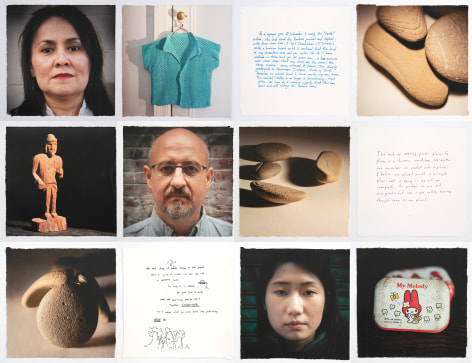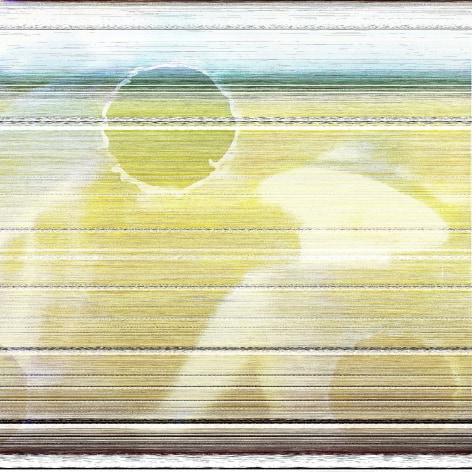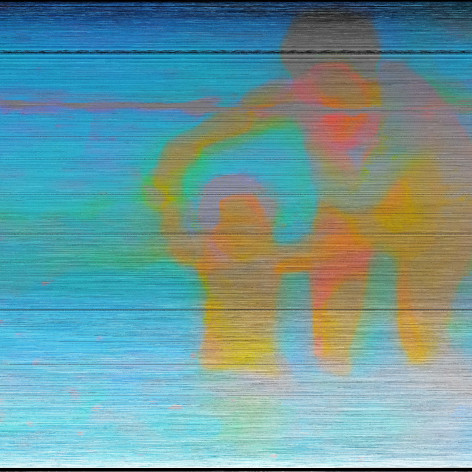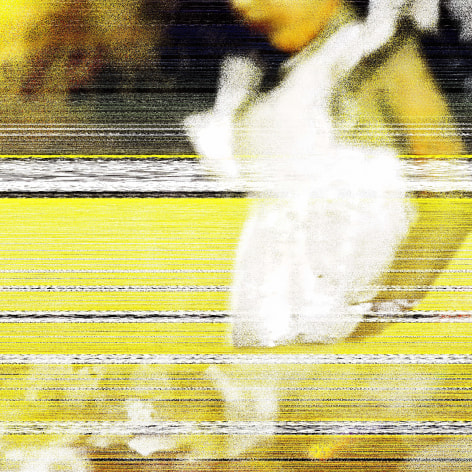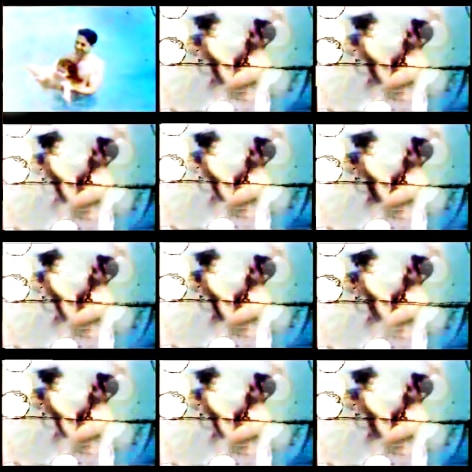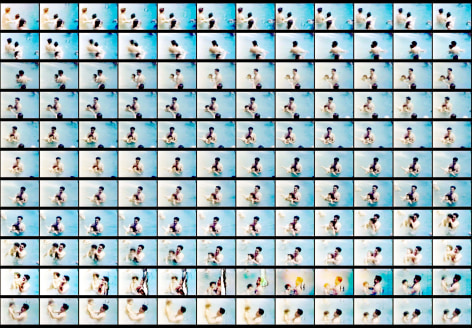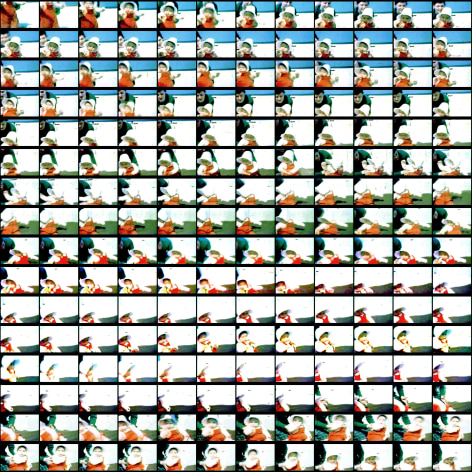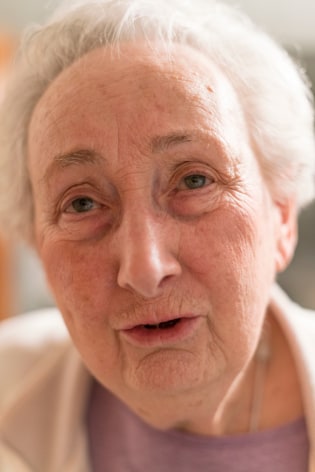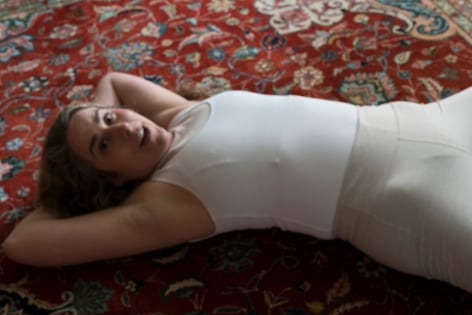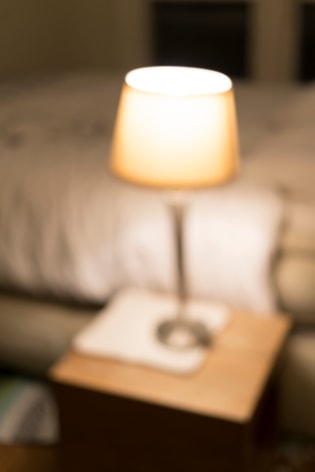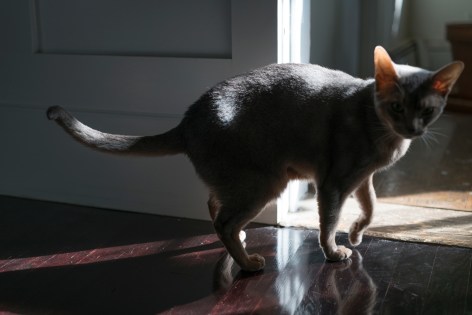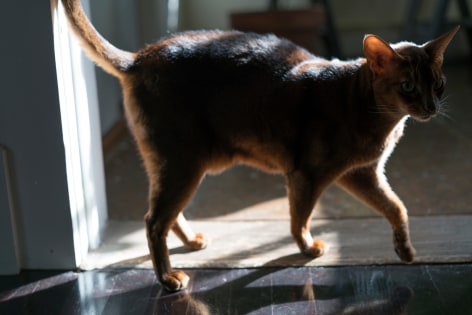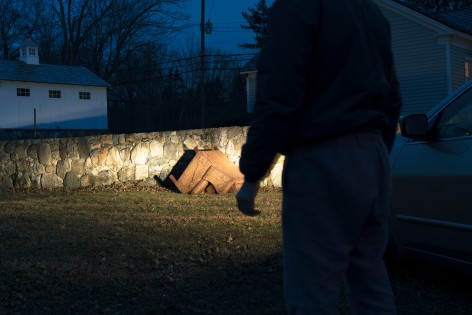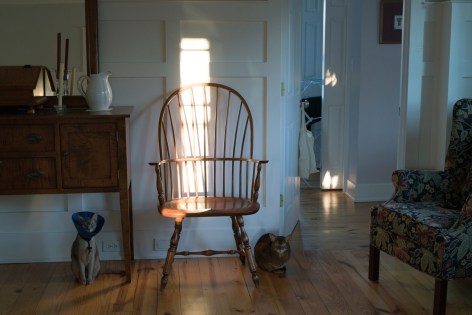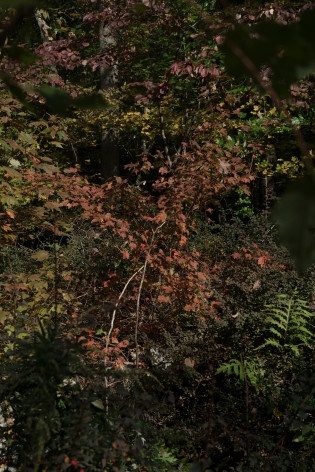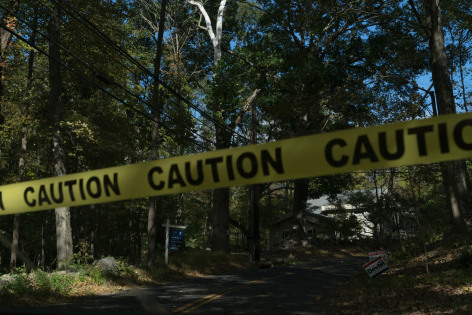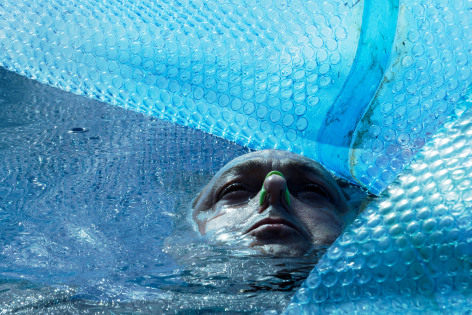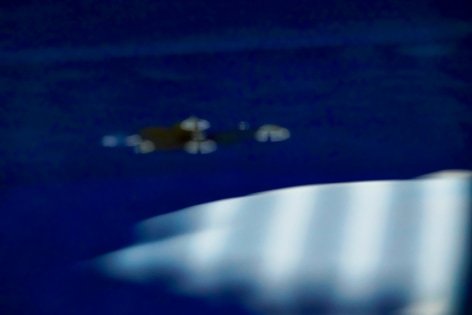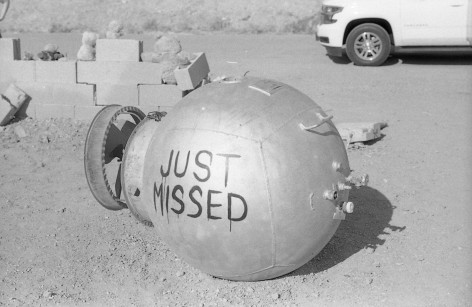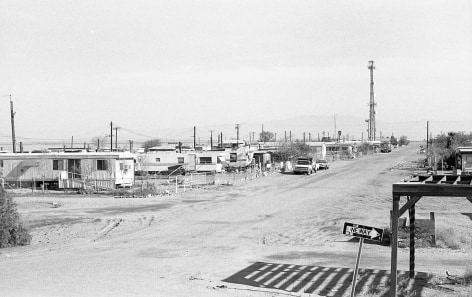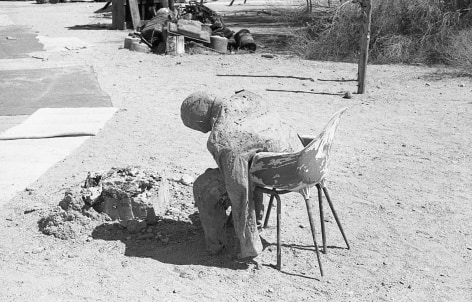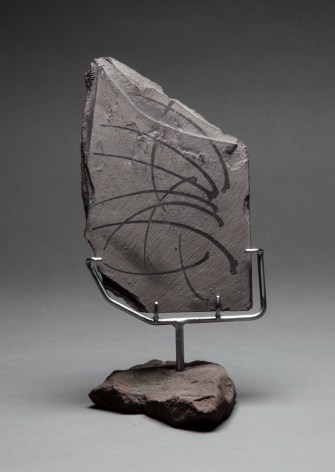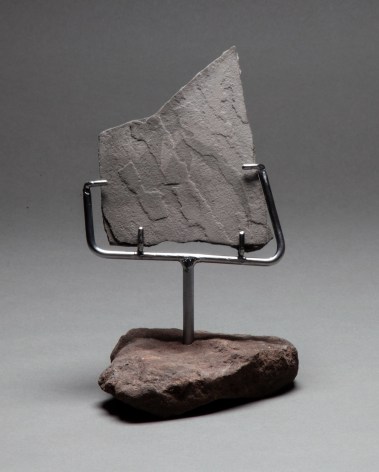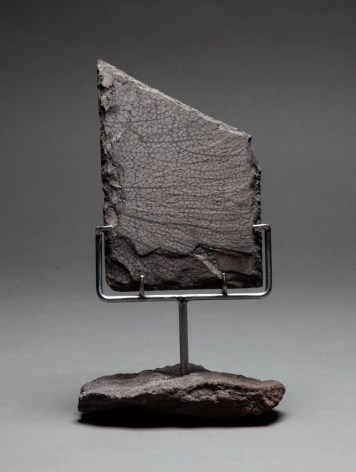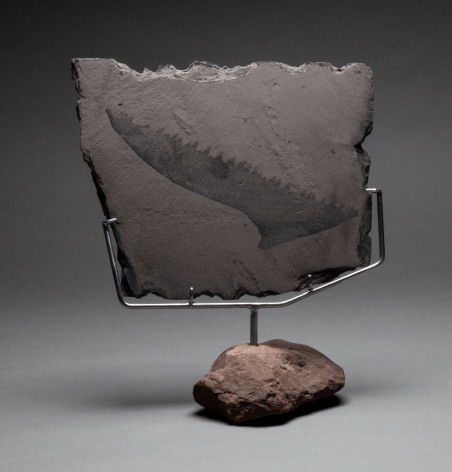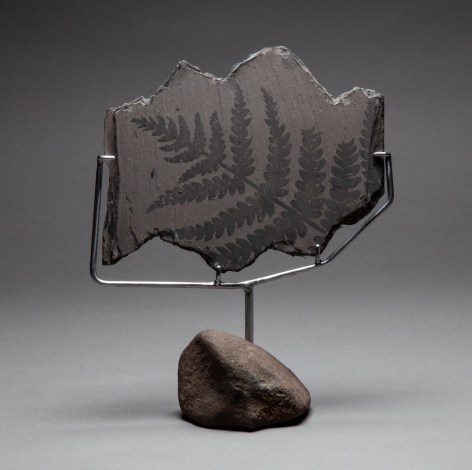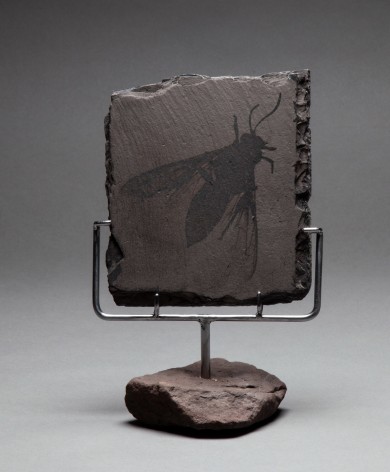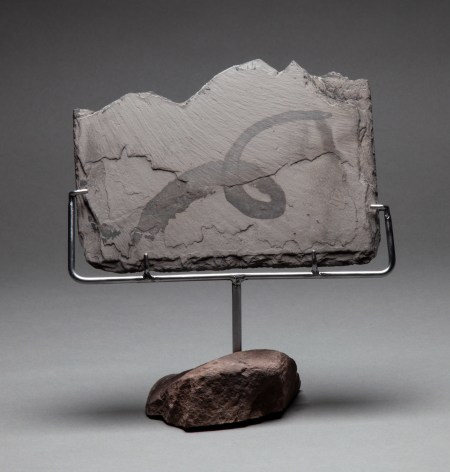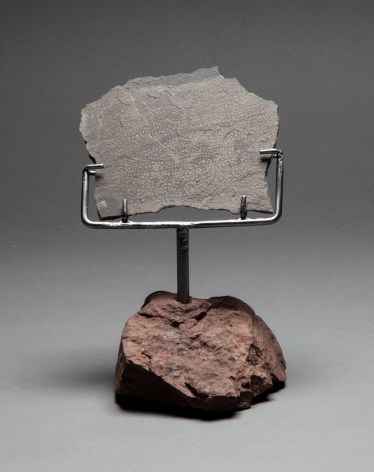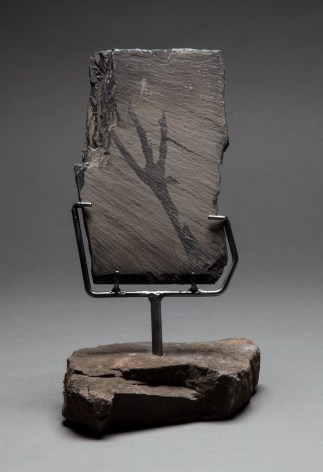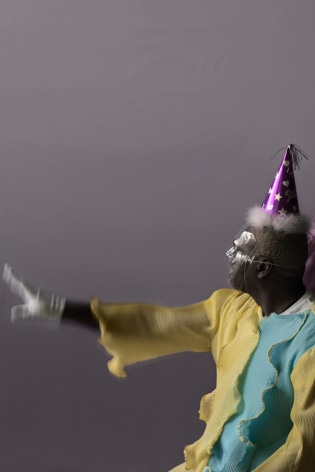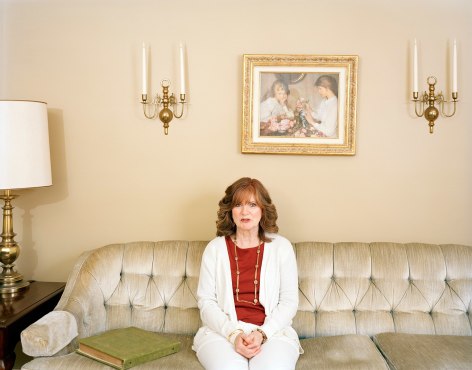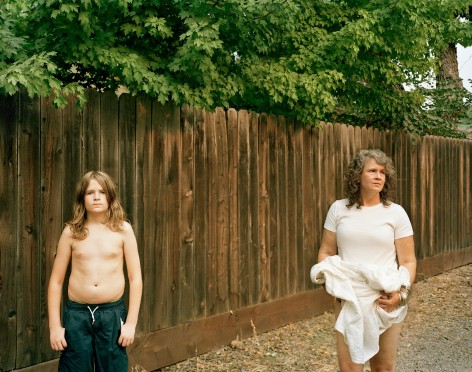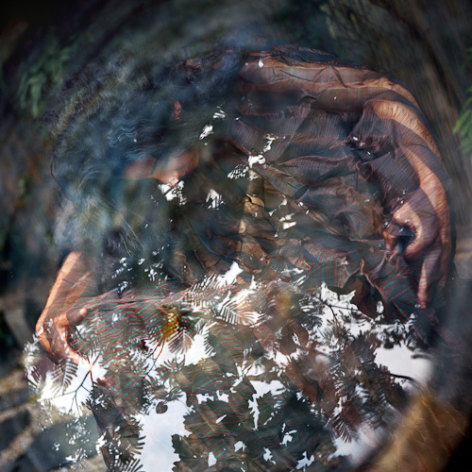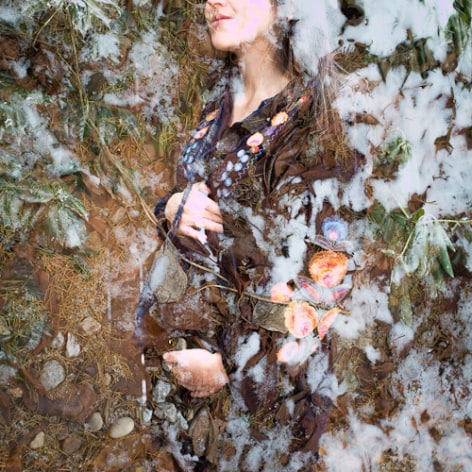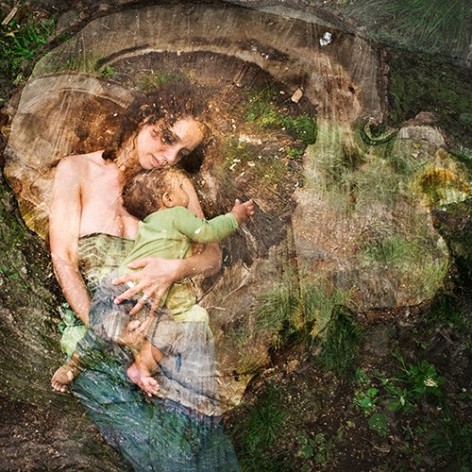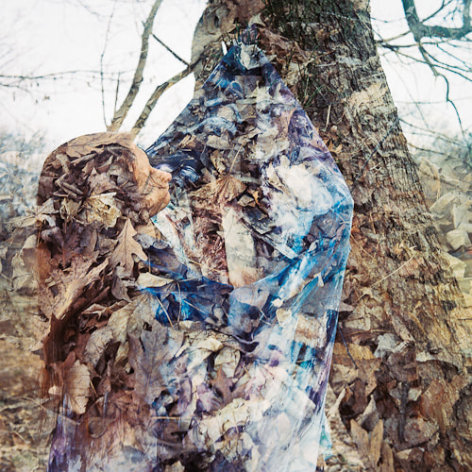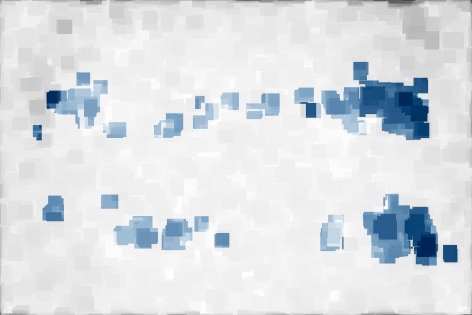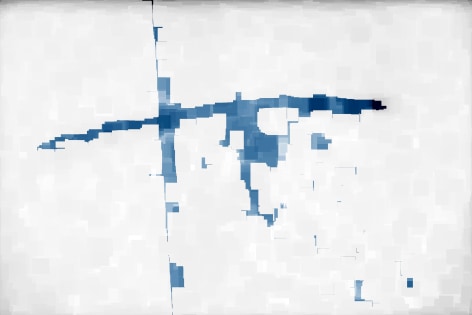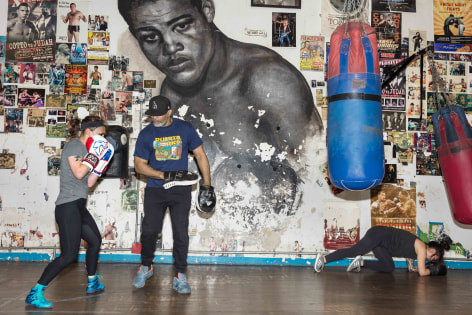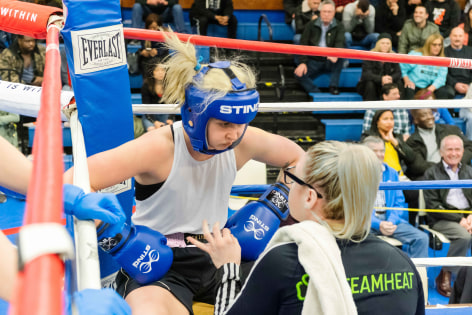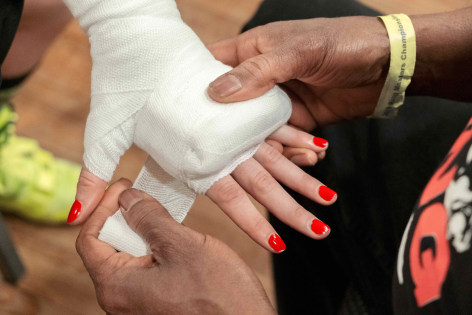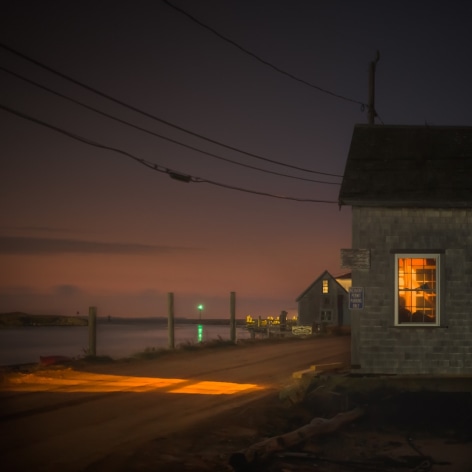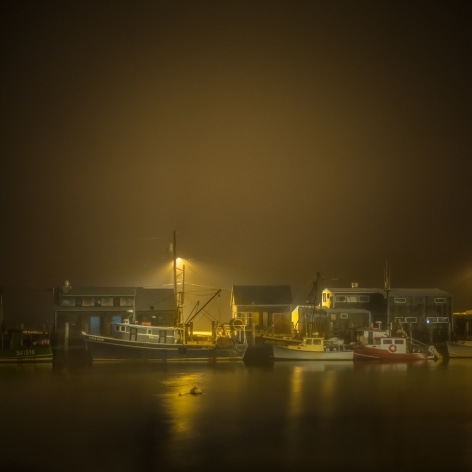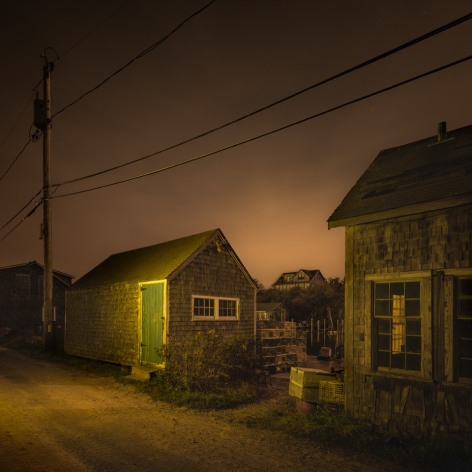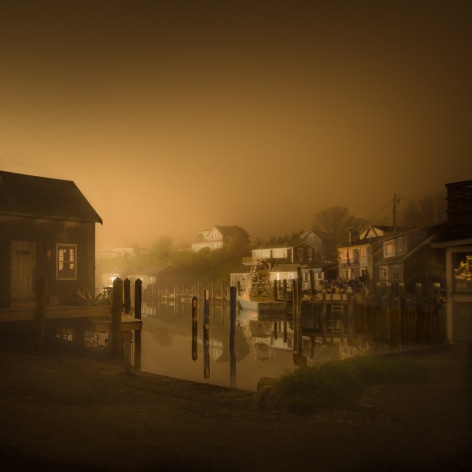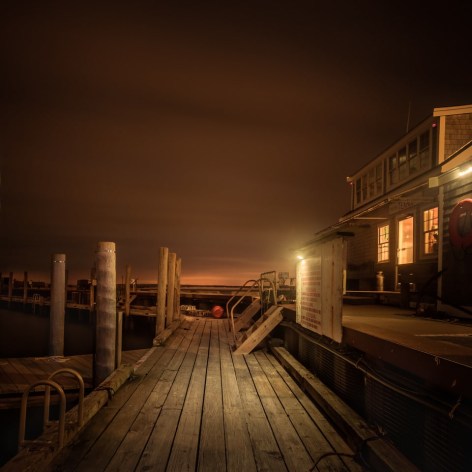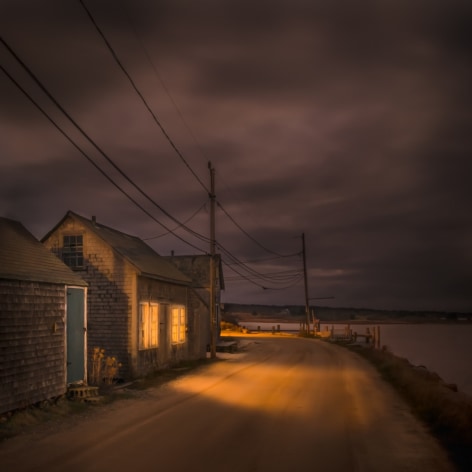Foley Gallery is pleased to present the 2019 edition of “the Exhibition Lab Exhibition”, a group show featuring work by Farras Abdelnour, Bob Avakian, Aleya Lehmann Bench, Melissa Cate, Cindy Konits, Pierre-Yves Linot, Amy Montali, Gabriel Sacco, Ralph Salomon, Willy Somma, Gisella Sorrentino, Bill Westheimer and Ruth Wetzel.
The exhibition will feature photographers exploring classic, fine art, documentary and new media forms; whether it is digitally collaging photographs to create new imagery or producing more traditional film and digital captures.
The desert has always been a magical place for Melissa Cate. On a recent trip to Palm Springs, she decided to visit the Bombay Beach on the Salton Sea and East Jesus in Slab City. Her images tell a story of the rise and fall of the area after tourism left the area in the 1960’s. While many of the towns in the area have been abandoned there is still a serene beauty that will never go away.
Pools are icons of summer recreation. Ruth Wetzel’s photographs of pools remove the laughter, splashing, and scent of BBQ’s. The beautiful blues evocative of respite and cleanliness, contrast against narrative scenes that hint of disturbance. The images prod the viewer to reflect on isolation, vulnerability, and survival.
Bill Westheimer’s images are based on man's brief existence on the planet Earth also known as the Anthropocene era. The “Anthropocene” fossils are imaginary records of flora and fauna that might be found in a future geologic era. These fossils show us plants and animals that may have existed in the imaginary landscapes shown in the Borderlands panorama of the Massoura Breaks.
Gisella Sorrentino combines body movement with photography as her preferential language. She utilizes the process of double-exposure and merges performance with static backgrounds. She looks for nostalgia and ambiance and plays upon the desire of place rather than presenting actuality. Her series explores the delicate passage of becoming a mother. The work reflects on the metamorphosis of both body and mind, which happens not only during pregnancy but also before and after.
Willy Somma’s project showcases pictures of her father taken from family archives, alongside recent photographs taken of him at his home in the Caribbean. The archival photographs are from hundreds of athletic events he has participated in over his lifetime. Her father has been a marathon runner, triathlete, Ironman competitor, and open water swim racer. He’s been a lawyer, judge, husband, father, brother, son, altar boy, heretic, mentor, writer, journalist, editor, teacher, socialist, populist, delinquent, rabble rouser, iconoclast, champion and friend. This project is a narrative monument, an absurdist poem, an interrogation of fate, a document of an era, an argument with mortality, and an investigation on the certainty of a photograph.
Ralph Salomon is a certified photographer for USA Boxing. The women shown in his series are amateur boxers from the New York City area. Each has her own story that led her to the sport, and it is their stories, and those of others, that lie at the heart of Salomon’s long-term project of documenting, through photography, the amateur boxing world – New York Style. Boxing is a brutally tough sport, but it is also musical, precise, creative and beautiful. Having people in this world trust him enough to document them, is an honor, and he hopes his photographs reflect that intimacy.
The photographs from Gabriel Sacco’s series Cope are created while grieving - he uses this time to process an experience and to cope with a life changing narrative: Cathy, Sacco’s mother in law, lived with him to escape an abusive relationship. Cathy’s ex-husband broke into his house in February of 2019, found Cathy, and shot her in his living room. He proceeded to attempt to shoot-to-kill Sacco’s partner Donald. Sacco seeks a personal narrative, but also replaces the grieving process with the artistic process as an acceptable means to cope. He lived with the objects surrounding the event and made them permanent in his new life and replayed the event in his pictures.
Pierre-Yves Linot started Immigrant Song with diptychs including the portrait of an immigrant and a still life of the arrangement he or she made with four stones. The underlying idea was to shoot a double portrait, figural and abstract: one showing the face, the other something that the individual created. Linot then added objects that immigrants brought from their country and text they wrote in their own handwriting to explore what it means to be uprooted. With this work, he aims to give voice to immigrants and let their pride shine through. He photographs the guests using a Holga plastic lens, intentionally lacking definition to visually transcribe the loss of identity immigrants face when they settle in a new country.
Aleya Lehmann Bench is presenting an image from her series, “No More Tears, Pierrot”, part of a long-term project which has a performative aspect to it; Aleya creates a “theatre set” in her studio which involves creating costumes, painting backdrops, selecting props, and then determining choreography for these long-exposure shots. Lehmann Bench is a painter turned photographer and creates pictures the way she would make a painting. She has an ongoing fascination with the circus, procession, pageantry—saltimbanques, and commedia dell’arte in particular. In these new pictures, the model seems to embody the spirit of an artist or a performer, a Pierrot-like figure, vulnerable, in a state of reverie.
Bob Avakian’s work focuses on Menemsha, a small fishing village, home to local fisherman, located on the island of Martha’s Vineyard. During the summer months, Menemsha is intensely busy with residents and tourists. In the off-season the spirit of this historic fishing village reappears. Avakian goes at night to have the whole village to himself. When there is fog, there is magic. Menemsha becomes a different place and he soon gets lost to the moment as he wanders in search of that spot where the light is in perfect balance with land, sea and sky. His exposure and processing decisions creates images of a vision one may not otherwise experience.
Farras Abdelnour’s series The Essentials of Memory is reminiscent of his distant childhood memories – the imagery brings about the blue/white colors and the arabesque patterns of the southern Mediterranean. Having been a mathematician for two decades, Abdelnour is sharply tuned to morphing real life problems to abstract concepts via mathematical tools which morph images into abstract notions. Unremarkable artifacts of everyday life act as portals; a wall, a fence, a sidewalk. He feeds his images through a program executing a morphology algorithm that will erode or dilate the image. As a symbol of equality, a square shape is used to probe and metamorphose innocuous reality into notional, metaphysical forms suggesting parity, sameness across the tribes.
Cindy Konits obtained 8mm family films c.1940 for her project, which were created many years before she was born. Viewing them stirred a sense of loss, a recognition of the past in the present moment that Proust named Memoire Involuntaire. Enhancing memory fragments in selected still frames with digital painting and customized algorithms allowed Konits to tangibly interact with vivid memory and time long past. Digital capture is only a calculation of time and light converted directly to code and the link to physical reality slips. The algorithmic variations of the MEMOIRE INVOLUNTAIRE still frames mimic pervasive anxiety and loss generated in the digital age.
Amy Montali aims for liminal spaces between the ordinary and the heroic. Recent images reflect a sustained period of uncertainty – we are both nowhere and anywhere. The proverbial question looms: what now? Montali invents pictures for the camera on site in real time, using the visual and psychological elements each situation provides. She sees these as momentary performances, like etudes or soliloquies; they are neither portraits nor documents. For each viewer, a new story unfolds.
The Exhibition Lab is a study of photography outside of a traditional academic setting. The initiative was co-founded by Michael Foley in 2010 as a study center for fine art photography dedicated to learning by critique. Students of the Ex Lab meet over the course of 5 months, holding critique sessions with one another and one-on-one sessions with Michael Foley.
“The Exhibition Lab Exhibition” will remain on view through July 27th, 2019. Foley Gallery is open Wednesday through Saturday, 11 – 5:30pm. We will be closed Sundays in July. To request images; please contact the gallery at 212.244.9081 or hello@foleygallery.com.

